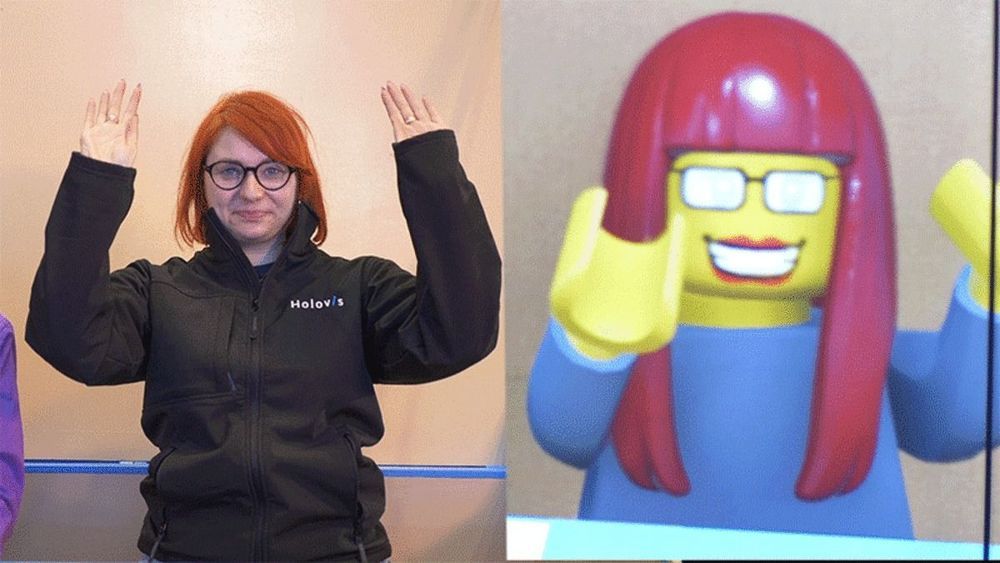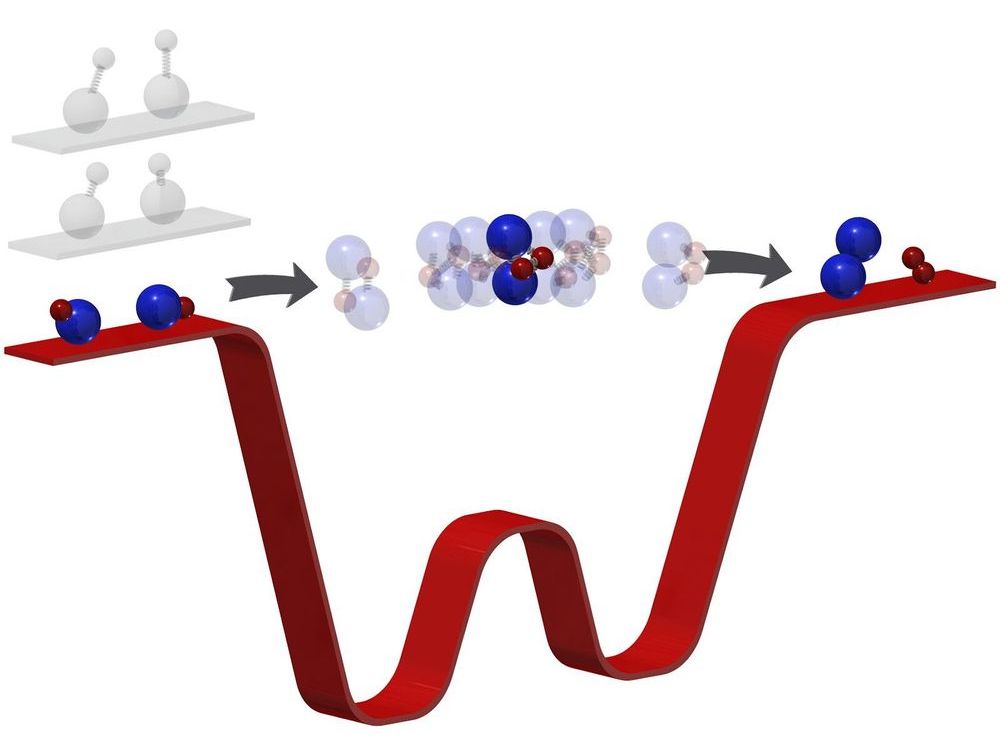Philippine-made ocean waste collector and dengue mapper to join the NASA global hackathon
MANILA, Philippines — A deployable, autonomous ocean waste collection system utilizing space data to locate nearby garbage patches built by students from De La Salle University and an automated information portal which correlates dengue cases with real-time data from satellite, climate, and search engines won the National Aeronautics and Space Administration’s International Space Apps Challenge last October 18–20, 2019 in Manila, in collaboration with the Philippine Council for Industry, Energy and Emerging Technology Research and Development of the Department of Science and Technology (DOST-PCIEERD), Animo Labs technology business incubator, PLDT InnoLab, American Corner Manila, the U.S. government, and part of the Design Week Philippines with Department of Trade and Industry-Design Center of the Philippines.
Using NASA’s Ocean Surface Current Analysis Real-time (OSCAR) data to determine possible locations of ocean garbage patches using GPS, PaWiKAN uses a pair of deployable, dynamically reconfigurable boats capable of trapping and returning ocean waste back to ground. It is equipped with extended-range radio system based on LoRa technology and Arduino to communicate with sensors and controlled by a deployment station. It was developed by Lasallian electronics and communications engineering students Samantha Maxine Santos, Antonio Miguel S. Alejo, Grant Lewis Bulaong, and Janos Lance L. Tiberio of Ocean’s 4, who also joined the last year’s hackathon, creating a hyper-casual puzzle game utilizing images from the Hubble Space Telescope and intuitive physics concepts.








